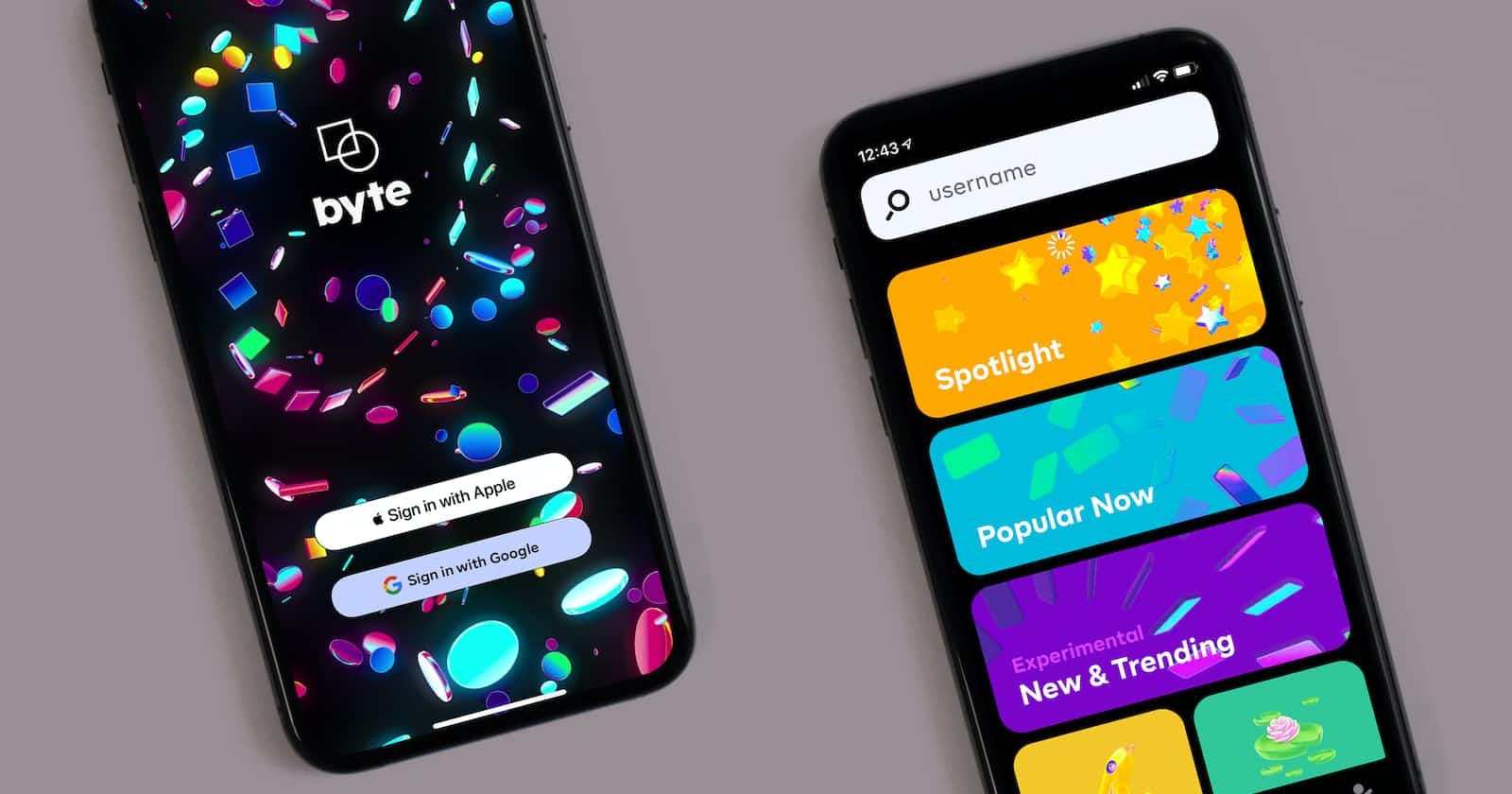
Photo by charlesdeluvio on Unsplash
The Science Behind User-Friendly Interfaces: Applying Psychology Principles to Design
Introduction: User interface (UI) design plays a crucial role in creating engaging and user-friendly digital experiences. Beyond aesthetics and functionality, understanding the psychology behind user behaviour is key to designing interfaces that truly resonate with users. By incorporating psychological principles into UI design, developers can create interfaces that are intuitive, and enjoyable, and seamlessly guide users through their digital journeys. In this article, we will explore the science behind user-friendly interfaces and discuss how to apply psychological principles to design.
The Power of Visual Perception: Visual perception is a fundamental aspect of UI design. By leveraging principles such as Gestalt psychology, designers can create interfaces that are visually coherent and easy to understand. We'll delve into concepts like proximity, similarity, closure, and figure-ground relationship, and explain how they influence users' perception and comprehension of interface elements.
Cognitive Load and Information Processing: Understanding the limitations of human cognition is crucial in designing interfaces that minimize cognitive load. We'll explore concepts like chunking, Miller's Law, and Hick's Law, which provide insights into how users process information. By applying these principles, designers can create interfaces that present information in a digestible manner, reducing cognitive strain and enhancing usability.
The Psychology of Color and Typography: Colors and typography have a profound impact on user experience. We'll examine the psychological associations of colours, the importance of contrast, and how colour choices can influence user emotions and behaviours. Additionally, we'll explore the psychology of typography, including readability, font choices, and how font styles can convey different tones and meanings.
Persuasive Design and User Engagement: Understanding persuasion psychology can help designers create interfaces that effectively engage and motivate users. We'll discuss principles such as social proof, scarcity, and the use of persuasive cues to encourage desired actions. By implementing persuasive design techniques, developers can nudge users towards their goals and create more engaging experiences.
The Role of User Feedback and Testing: User feedback and testing are essential in validating and improving interface designs. We'll delve into the psychology of user testing, exploring methodologies such as think-aloud protocols and A/B testing. Understanding user behaviour, preferences, and frustrations through empirical methods allows designers to refine their interfaces based on real user insights.
Conclusion:
Designing user-friendly interfaces goes beyond aesthetics and functionality. By applying psychological principles to UI design, developers can create interfaces that resonate with users on a deeper level. Understanding visual perception, cognitive load, colour psychology, typography, persuasive design, and the role of user feedback can empower designers to create interfaces that are intuitive, and engaging, and ultimately enhance the user experience. By bridging the gap between psychology and design, we can unlock the true potential of user-friendly interfaces.
